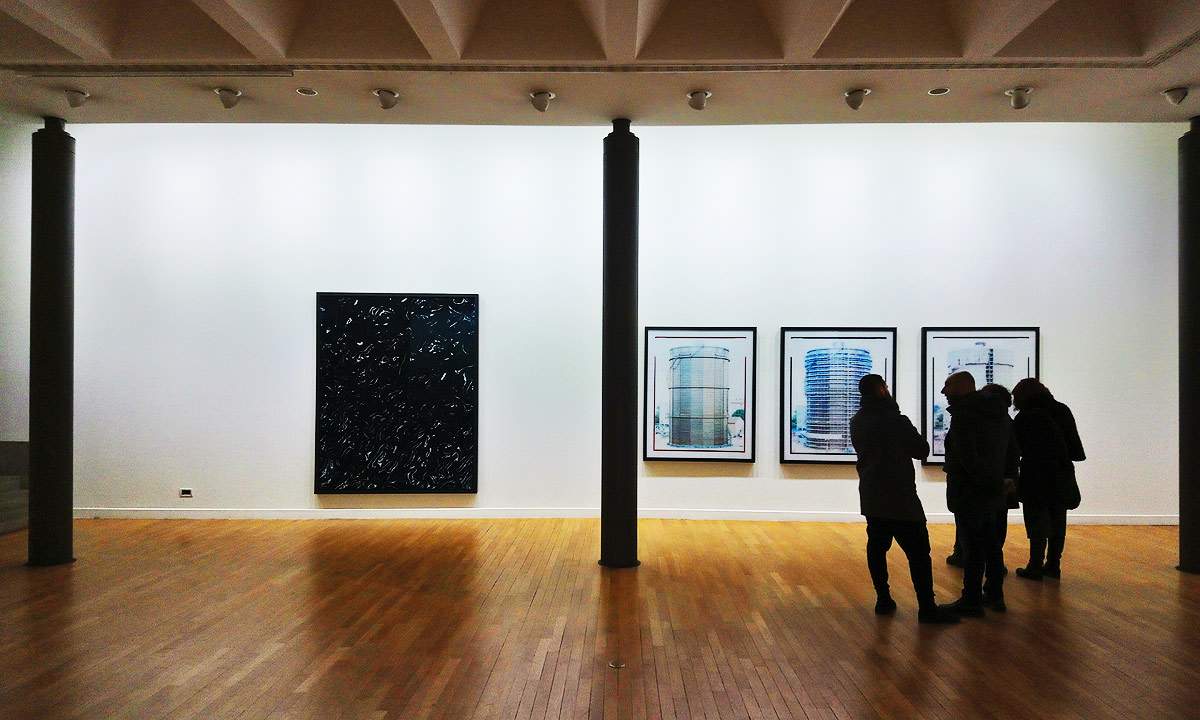Museums, here's what phase 2 might look like. Ricciardi-led foundation suggests lines
A document with guidelines for museums in phase 2: this is the one produced for ConfCultura by experts from the Italy in Health Foundation, whose scientific technical committee is chaired by Walter Ricciardi, currently the Italian representative to the WHO council and adviser to Health Minister Roberto Speranza on the Covid-19 emergency. The document was drafted by Fidelia Cascini, a medical doctor specializing in Forensic Medicine and Health Statistics and Planning: its purpose is to promote the adoption of organizational and behavioral measures to contain the spread of coronavirus in cultural venues such as museums, archaeological sites and parks.
“ConfCultura,” says the association’s president, Patrizia Asproni, “intends to offer, with the handbook, shared solutions for a quick, protected and safe recovery. To overcome this new phase, businesses are ready to take the field alongside institutions, with a view to an effective and much-needed partnership between the public and private sectors. This is why in the past few days we have appealed to Italian and European institutions for the creation of a double working team composed of scenario experts and cultural enterprises, also calling for concrete and unified support for cultural ecology through a new Ventotene Manifesto based on culture.”
“We enthusiastically welcomed ConfCultura’s request to create a handbook of rules to ensure health safety in museums,” says Federico Gelli, president of Fondazione Italia in Salute. “The goal is to ensure the resumption of museum activity in our country while guaranteeing the safety of visitors and museum workers. It is essential to design the so-called ’phase 2’ starting with a strategic sector such as culture.”
The guidelines produced cover both staff and the public. Let’s look at the ones for the public: document properly on the guidelines to follow when entering the museum, and from reliable sources (brochures, information staff, posters); keep a distance of at least two meters from others; wash hands often with soap and water for at least 20 seconds or with hydroalcoholic solutions or other hand sanitizers; avoid touching eyes, nose, mouth and face with hands; wear masks to minimize respiratory droplets; avoid sharing food and beverages, cups, glasses and cutlery for eating; sneeze or cough into a disposable handkerchief to be discarded immediately, or alternatively into the crook of the elbow; limit contact with common surfaces (tables, railings, doorknobs) to the indispensable and avoid contact with exhibits; share good prevention rules with others; promptly inform museum staff if you feel unwell.
As forstaff, the document suggests: do not go to work if you have symptoms; perform regular hand washing with soap and water or hydroalcoholic solutions or hand sanitizer; observe distances of at least two meters; avoid promiscuous use of objects; use face masks to minimize respiratory droplets; subject rooms to daily cleaning and disinfection, especially of surfaces touched by many people (railings, tables, handles, equipment); make dispensers of hydroalcoholic solutions or other disinfectants available in every room, and make them available at entrances and exits, near coffee rooms and restrooms; renew waste containers frequently; sanitize restrooms repeatedly throughout the day; identify and make subject to specific protocols workstations at risk of contagion; make disposable gloves available in environments where items are displayed for purchase (such as bookshops); avoid large group visits; establish a maximum number of people allowed in each environment; limit the use of elevators to strictly necessary conditions; keep doors and windows open, respecting the microclimate to protect the works of art; coordinate procedures in case workers or visitors become ill; plan and share an emergency contact list; share information on Covid-19 and infection prevention measures, also transferring them to visitors; make explanations available to any doubts and questions about prevention measures.
 |
| Museums, here's what phase 2 might look like. Ricciardi-led foundation suggests lines |
Warning: the translation into English of the original Italian article was created using automatic tools. We undertake to review all articles, but we do not guarantee the total absence of inaccuracies in the translation due to the program. You can find the original by clicking on the ITA button. If you find any mistake,please contact us.





























